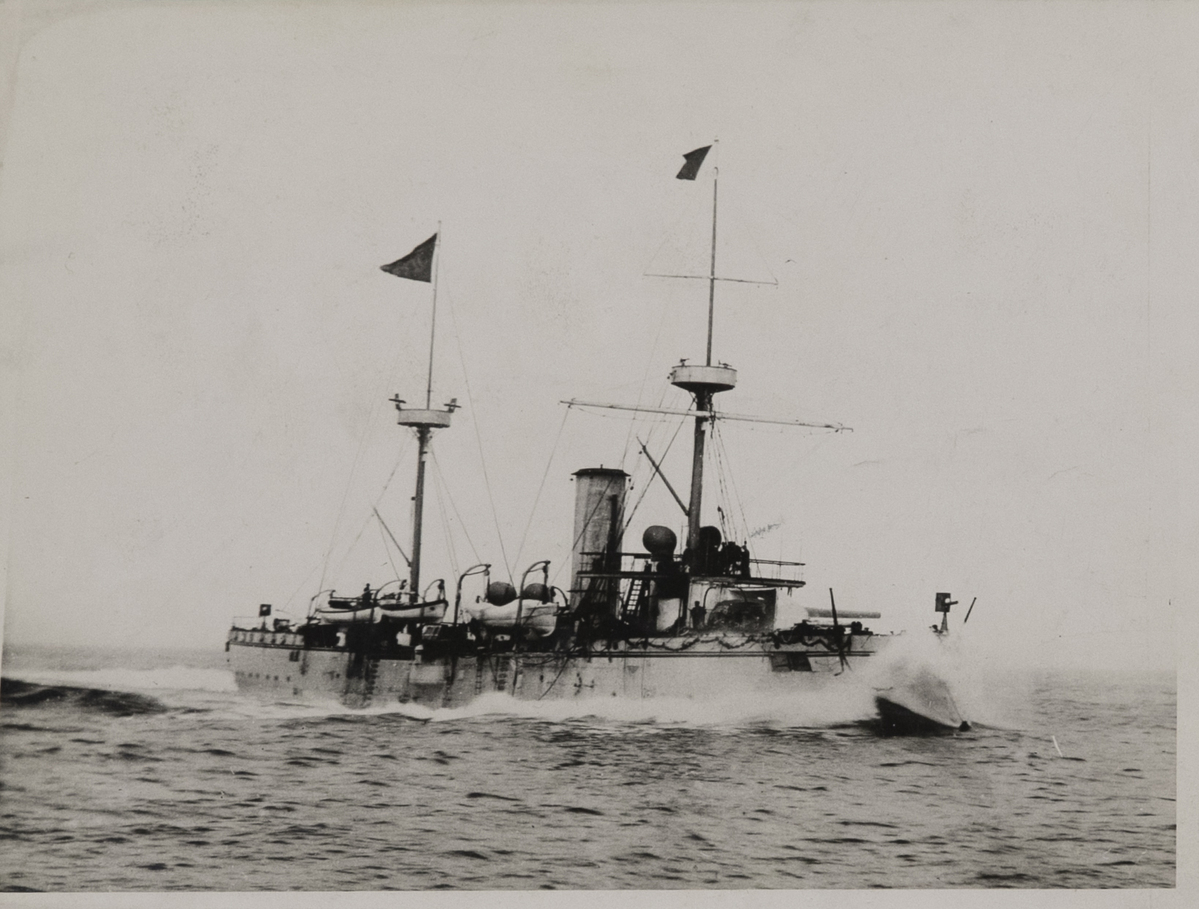Wartime shipwreck prompts salvage debate


The Chih Yuen marked Beiyang Fleet's glory days and sudden fall
Although the Chih Yuen was one of China's shortest-lived battleships, it remains one of the country's best-known symbols of bravery and patriotism.
The 2,300-ton vessel was completed by the Armstrong Shipbuilding Co in Newcastle upon Tyne, England, on Oct 20, 1885. One year later, it joined the Beiyang Fleet of the Imperial Chinese Navy of the Qing Dynasty (1644-1911) as one of its major battleships.
A Chinese crew trained in Newcastle upon Tyne and sailed the ship to Xiamen, Fujian province, with three other vessels-one built at the Armstrong plant, and the other two by Bremer Vulkan, a shipbuilder in Germany.
During a five-hour battle in the Sino-Japanese War (1894-95) on Sept 17, 1894, the Chih Yuen and three other battleships of the Beiyang Fleet were sunk by the Imperial Japanese Navy in the Yellow Sea off Dandong, Liaoning province.
But the Chih Yuen has attracted more attention than the other three because of its attack on the Japanese flagship Yoshino before the Chinese vessel sank after a boiler explosion. Only seven of the crew of about 250 were rescued.
The Beiyang Fleet included 105 ships of various types, including at least 10 world-class cruisers and battleships. It heralded not only the start of China's modern navy, but also ranked ninth globally in terms of tonnage.
The Sino-Japanese War, in which the entire Beiyang Fleet was lost, marked a turning point that diverted the nation's attention on national defense from the land to the sea.
The Chih Yuen, as the "pearl" of the Beiyang Fleet, became a focal point for both its glory days and sudden fall.
Historians said that under orders from the vessel's captain, Deng Shichang, who became a national hero, the Chih Yuen attempted to ram the Yoshino at full speed while coming under heavy fire. The Japanese ship was damaged in the same battle.
But their account has been challenged by recent discoveries from the wreck of the Chih Yuen, which lies about 20 meters below the surface of the ocean near Dalu Island off the coast of Dandong.
The investigation uncovered some 120 items from the shipwrecks as well as other sunken ships. It was organized by the National Cultural Heritage Administration's Underwater Cultural Heritage Protection Center and the Liaoning Institute of Cultural Relics and Archaeology.
The discoveries included damaged weapons, items for daily use and a broken porcelain plate bearing the name Chih Yuen in both roman lettering and Chinese characters. This has been viewed as direct evidence proving the identity of the wrecked ship.
The underwater recovery operation was led by Zhou Chunshui, a researcher at the Underwater Cultural Heritage Protection Center in Beijing. He said that parts of the Chih Yuen's boiler lay scattered in the muddy depths over a large area, indicating an explosion had occurred before the vessel sank.
Many parts of the ship, most of them buried in 3 meters of mud, were distended and damaged, and it appeared that a large fire had been extinguished suddenly.
Zhou said, "Unexpectedly, we found a torpedo with its detonator, indicating that the Chih Yuen had not lost its combat ability as historians claimed. Planting the detonator meant the torpedo was ready to be launched at any time."
- China's former national political advisor indicted for graft
- Winter scenery across China
- Vice-chairman of NPC Standing Committee chairs, oversees oath-taking ceremony
- Tracing the journey of Chinese ceramics
- China attaches greater importance to minors' mental health: experts
- Prosecutors vow to continue combating online extortion targeting businesses





































